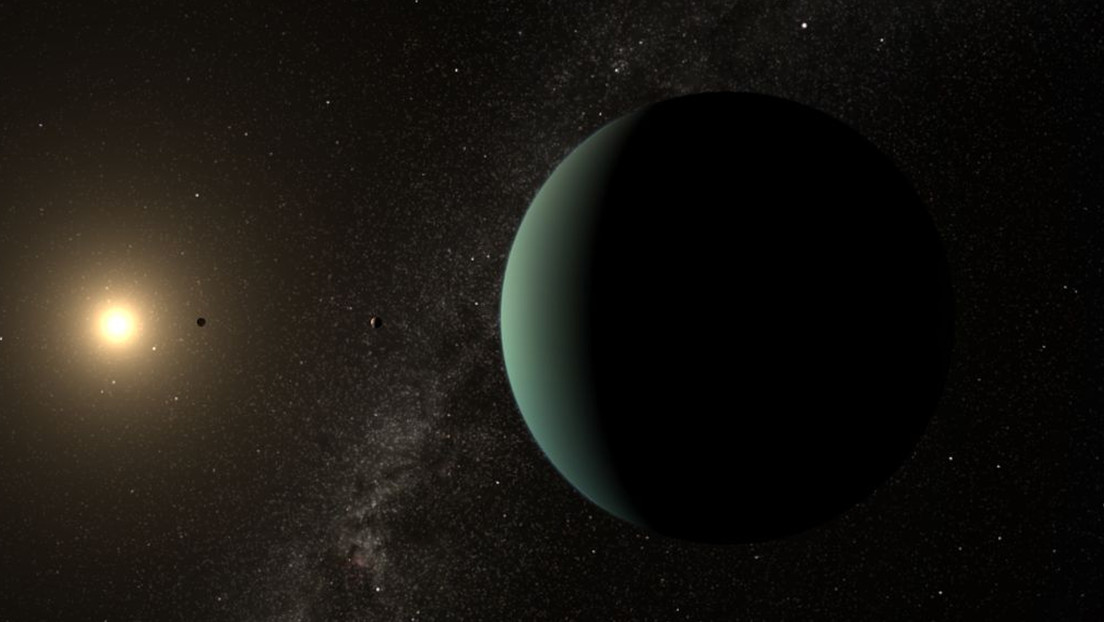
An international team of astronomers has confirmed the discovery of an exoplanet orbiting HD 20794, a star with a mass slightly less than that of the Sun located 20 light years from Earth, reports the University of Oxford.
In 2022, scientist Michael Cretignier first detected the signal of the new planet, named HD 20794 d, while examining archived data from the HARPS spectrograph installed at La Silla observatory in Chile.
Discovering a new super-Earth
The confirmation of its existence came after this signal was verified by measurements recorded for two decades by HARPS and its successor ESPRESSO, located on the VLT telescope, also in Chile.
HD 20794 d is considered a super-Earth, since it has a mass six times greater than that of our planet. Researchers said it takes 647 days to complete an orbit around its star, 40 days less than Mars.
At the same time, the exoplanet is located in the habitable zone of its star, that is, at the appropriate distance from it so that liquid water can exist on its surface, one of the compounds necessary for the development of life.
Unlike most planets, which follow an almost circular orbit, HD 20794 d moves in an elliptical path. This means that its distance from the star changes significantly, causing the planet to enter and leave the habitable zone over the course of a year.
Suitable to harbor life?
Although it is in the habitable zone, astronomers commented that it is too early to be sure that HD 20794 d could harbor life. However, they stressed that their discovery, reported in the journal Astronomy & Astrophysics, could pave the way for future research focused on detecting signs of life outside the solar system.
For his part, the researcher at the Institute of Astrophysics of the Canary Islands (Spain) Alejandro Suárez Mascareño stressed that the new exoplanet is not a second home for humanity, but its position and peculiar orbit will allow to examine how habitability conditions vary over time and how these variations can influence the evolution of the planet's atmosphere. (Text and photo: RT)